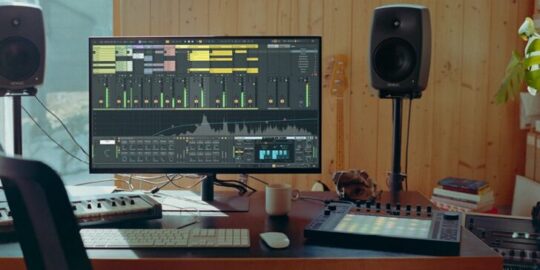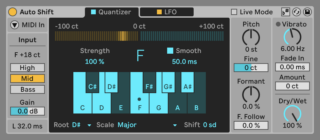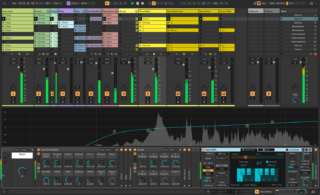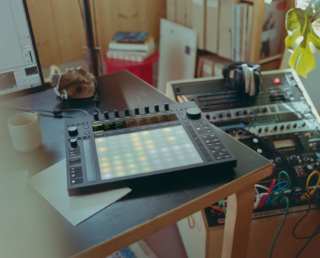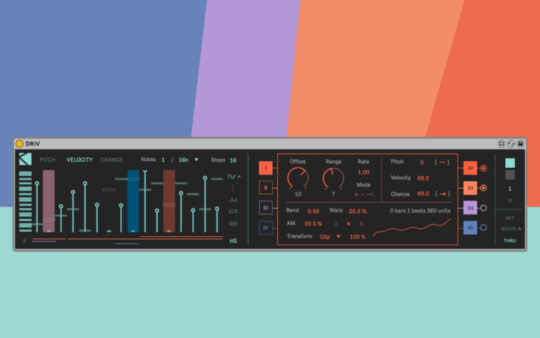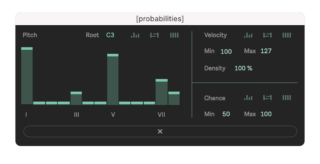Oberheim OB-X8 OS v2.0 Update – Binaural, MPE & More
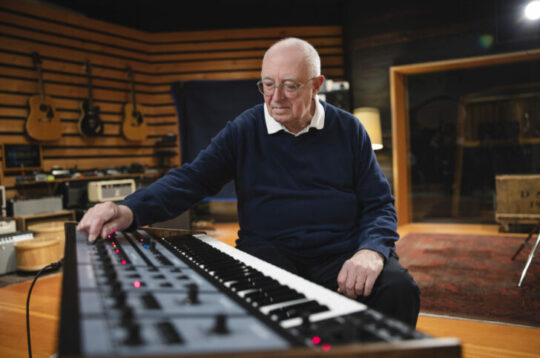
Synthesizer maker Oberheim has announced a free v2.0 software update for their OB-X8 polysynth.
Synthesis enhancements take center stage in the OB-X8 OS v2.0 update, broadening the instrument’s sound palette with the ability to select simultaneous wave shapes in each oscillator for more complex timbral variations. Along with the OB-X8’s six iconic filter modes from the SEM, OB-X, OB-Xa, and OB-X8, a new 4-Pole low-pass filter type has been added that provides fuller, richer bass tones at higher resonance than ever before in an Oberheim synth. For sound designers seeking more dynamic soundscapes, independent LFO modulation per VCO level enables greater control over fluidly mixing waveform textures.
On top of that, the arpeggiator’s clock sync, with its selectable note division values, empowers musicians with expanded rhythmic control. Immersive stereo imaging is a snap to produce with the OB-X8’s intuitive new binaural mode.
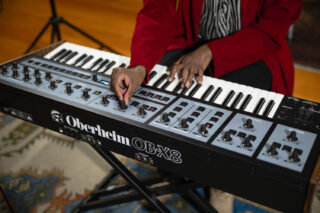 Create more layered sound combinations with the expanded Split and Double memory locations. Unleash 32-voice sonic epics through polychain, which allows seamless connection and control of multiple instruments.
Create more layered sound combinations with the expanded Split and Double memory locations. Unleash 32-voice sonic epics through polychain, which allows seamless connection and control of multiple instruments.
And finally, nuanced and expressive performances come alive with the introduction of MIDI Polyphonic Expression (MPE) support-a multi-channel MIDI extension offering finer and more natural performance articulations per note.
“At Oberheim, we have always worked hard at finding clever ways to bring more useful features to our instruments,” says Tom Oberheim. “It’s unusual to add a new filter type and oscillator waveshapes to an analog synth via a software update, but our team is sharp and tenacious – always striving to bring genuine value to the discerning musicians who love our instruments.”

OB-X8 OS 2.0 Features:
- Instant binaural mode pans individual voices hard left and right for true stereo operation
- Simultaneously selectable waveshapes for each oscillator extends timbral variety
- New 4-Pole low pass filter type with fuller bass at high resonance
- New VCO 1 and 2 level LFO modulation destinations for independent timbral mixing
- Arpeggiator clock sync now has selectable note division values for expanded rhythmic control
- Twice the Split and Double memory locations, including program storage directly in the new banks for 512 more stored sounds
- Separate MIDI channels for lower/upper split bi-timbral operation
- Poly chain for up to 32 voices with 4 connected instruments
- MPE for new levels of expressiveness
The OB-X8 v.2.0 firmware update is available now, and free to OB-X8 owners. For more information about the OB-X8, and about the update, visit the Oberheim website.
